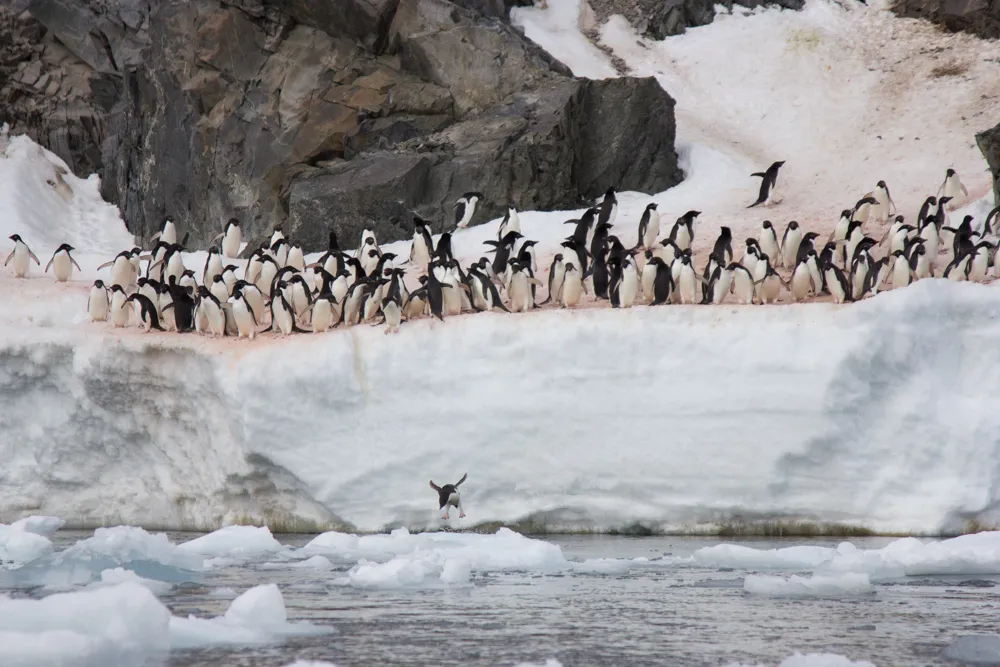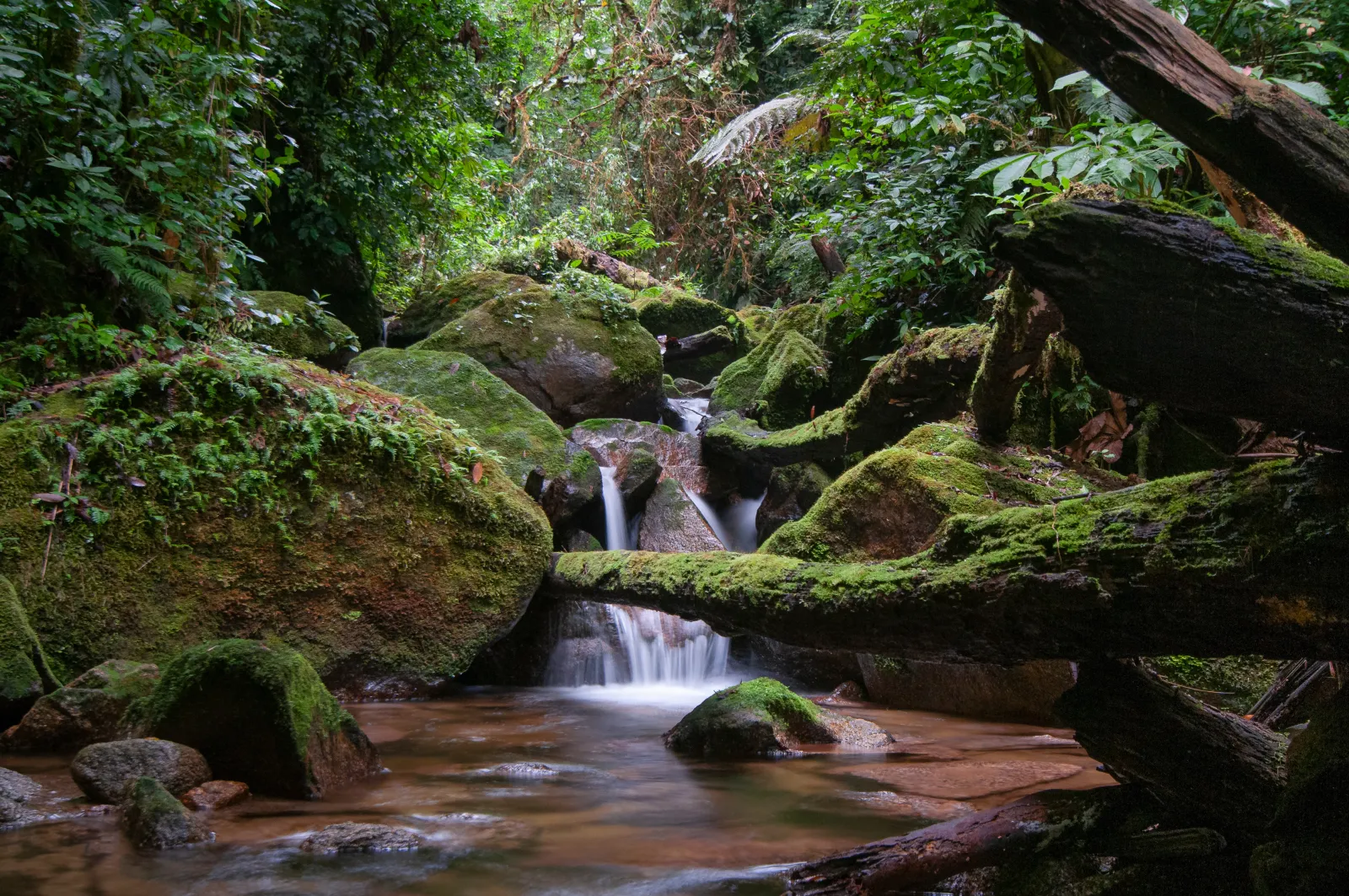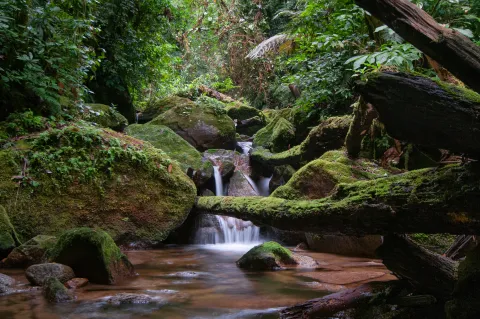Globally Threatened Species
According to the IUCN Red List of Threatened Species, these species have very small, geographically restricted, or rapidly declining populations. These species are more likely to go extinct so are a focus of one of the KBA criteria (A).
Globally significant populations of other species
The KBA criteria also identify vital sites for species whose populations are confined to very small areas (B1) or that form large aggregations (D1) at certain times of the year for breeding, feeding, or migrating, or act as refugia in times of stress (D2) or are important sources of larvae for the global population (D3), emphasising the importance of protecting their habitats. While they may not be threatened now, focusing on these populations helps ensure their survival in the long term.
Hotspots of Life
These are areas where numerous species coexist, especially those with limited ranges. Losing these sites would significantly impact many species. That is why, these critical hotspots have their own KBA criteria (B2 & B3) so that they can be identified effectively.
Genetic Diversity
The KBA criteria also consider genetic diversity within species, pinpointing crucial locations for maintaining this diversity.
Safeguarding Ecosystems and the Wildest Places on Earth
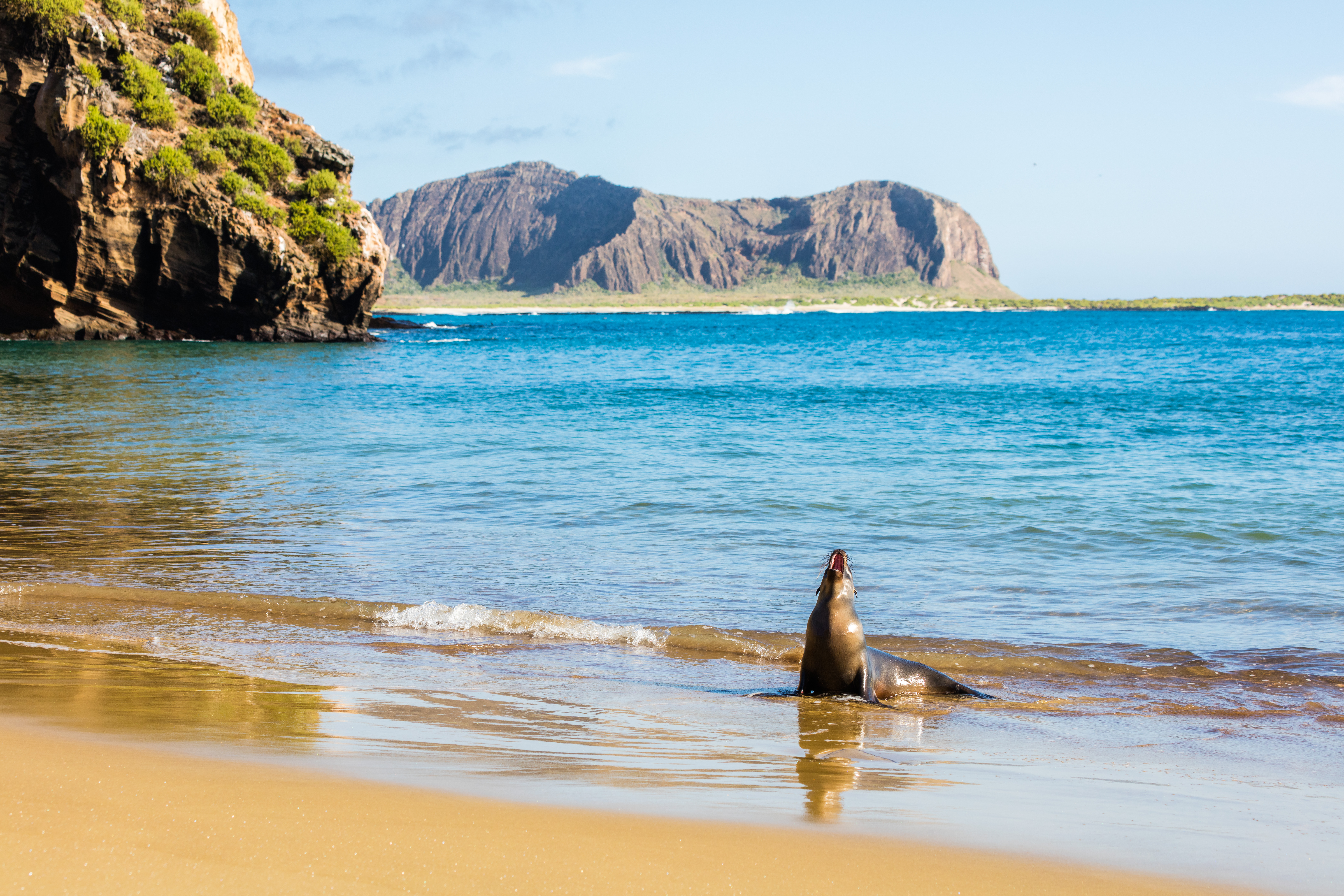
The KBA criteria focus not only on populations of species but also on their habitats or ecosystems. Each ecosystem is defined by the unique collection of species it sustains, so conserving these ecosystems helps to ensure the simultaneous survival of many species.
Globally Threatened and Restricted Ecosystems
Ecosystems worldwide are rapidly disappearing and degrading due to unsustainable human activities. KBAs can be identified for ecosystems that are globally threatened (A2) as defined by the IUCN Red List of Threatened Ecosystems or geographically restricted (B4) in their extent.
Ecological integrity
There is also a KBA criterion (C) for sites that remain largely untouched by human activity, displaying globally outstanding ecological integrity. These intact areas are becoming increasingly rare – only a small percentage of the planet shows low human impact. Intact ecosystems retain their characteristic fauna and flora for an ecoregion. These pristine sites also provide significantly large climate benefits to humankind and are the Earth's last few areas of true wilderness.
Safeguarding irreplaceable sites
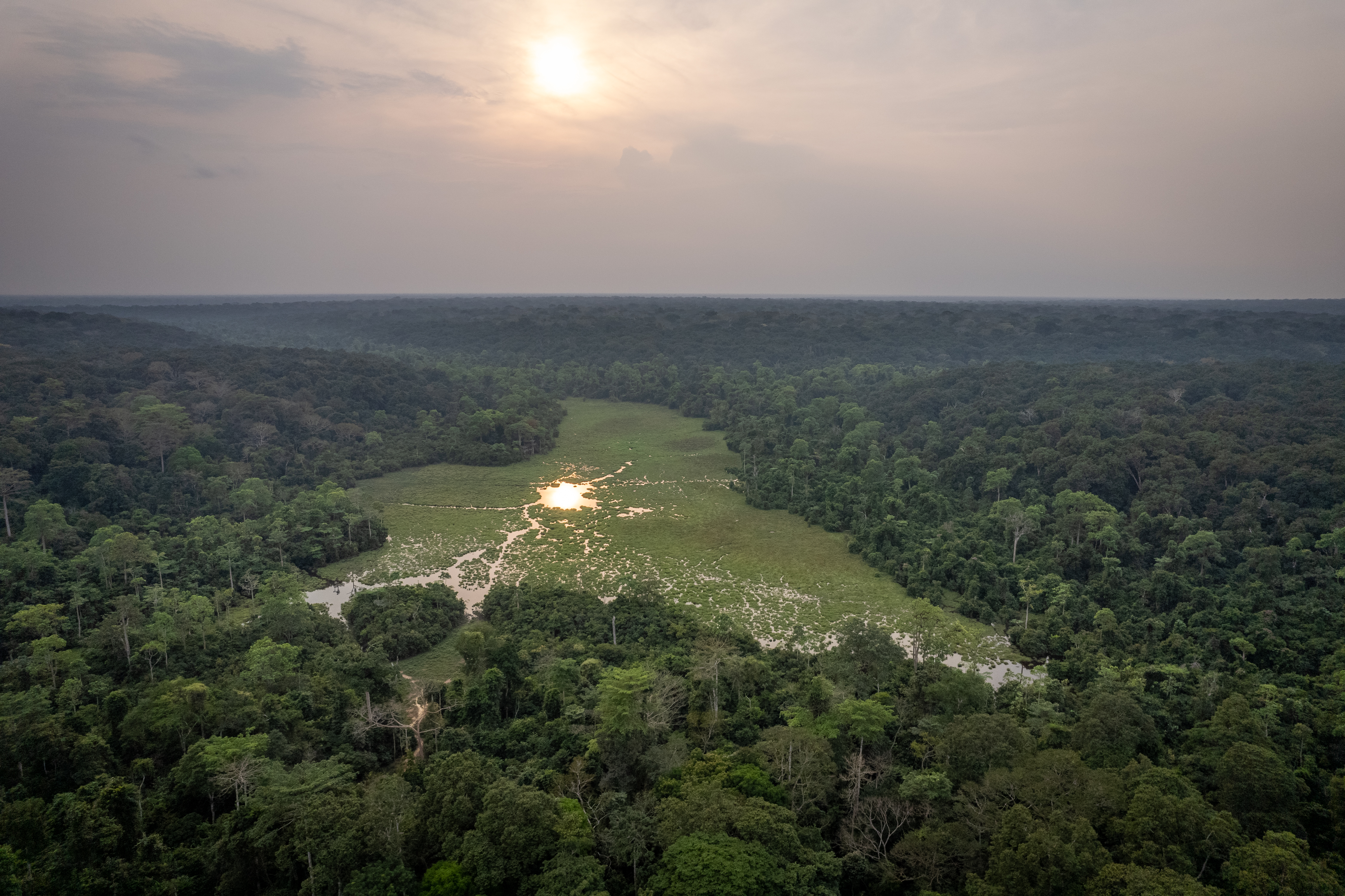
A final criterion focuses on irreplaceable sites in a network of sites for conservation planning. While countries may have multiple options for conserving many species and ecosystems, some species or ecosystems only occur in very few sites. These sites are irreplaceable in the conservation network and are identified with KBA criterion E.
